The flow rate of your espresso is a game-changer. It’s the speed at which water flows through coffee grounds, and mastering it can turn a good espresso into a great one. By controlling the flow rate, you can tailor the extraction process, enhancing flavors and achieving a balanced cup.
Whether you’re a home enthusiast or a barista, understanding espresso flow rate helps you get the most out of your beans, from bright and acidic light roasts to rich and bold dark roasts. Ready to elevate your espresso game? Let’s dive in!

What is Espresso Flow Rate?
Before we delve into the nitty-gritty of perfecting your espresso flow rate, let’s make sure we’re all on the same coffee-stained page. What exactly is this mysterious “espresso flow rate” we keep talking about?
In simple terms, espresso flow rate refers to the speed at which your espresso drips out of the portafilter and into your awaiting cup. It’s like the heartbeat of your espresso-making operation. Picture this: You’ve carefully ground your beans, tamped them down with precision, and now it’s time for the grand reveal – the extraction. The flow rate is the moment of truth.
Understanding it is crucial because it can make or break your espresso experience. Too fast, and your shot might taste weak and sour; too slow, and you’ll end up with a bitter, over-extracted disaster.
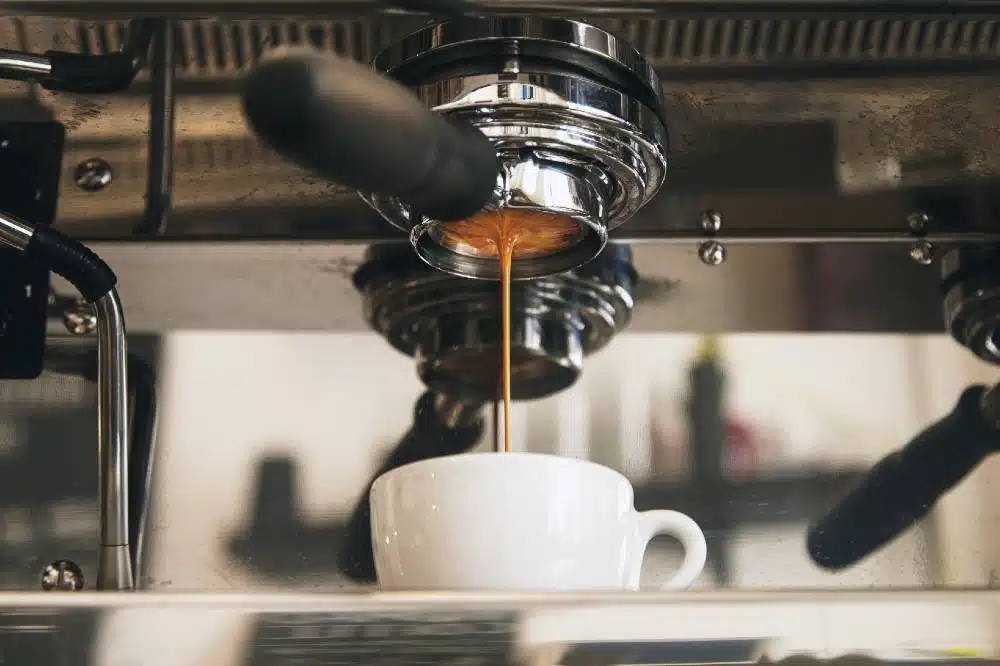
The Importance of Flow Rate
Flow rate, measured in grams per second (g/s) or milliliters per second (mL/s), dictates how much water passes through the coffee puck in a given time. It directly affects the extraction, which is the process of dissolving coffee solids into water to create espresso.
- Low Flow Rate: Extends contact time between water and coffee, leading to more thorough extraction. This is useful for lighter roasts that need more time to release their nuanced flavors.
- High Flow Rate: Reduces contact time, preventing over-extraction, which can be beneficial for darker roasts that might otherwise taste bitter.
How Flow Control Works
Flow control is about managing the water flow rate during the different stages of espresso extraction. It can be done manually or automatically, depending on the espresso machine. Here’s a breakdown of the stages where flow control is crucial:
- Pre-infusion: A gentle flow of water (2-3 bars of pressure) for about 10-12 seconds to wet the coffee grounds evenly. This helps in reducing channeling and ensures a uniform extraction.
- Main Extraction: After pre-infusion, the flow rate is increased to the desired level. For example, light roasts might benefit from a slower flow to develop their complex flavors, while darker roasts may require a faster flow to avoid bitterness and enhance body.
- Post-infusion: Towards the end of the extraction, reducing the flow rate can help prevent over-extraction and bitterness. This is done by tapering down the pressure smoothly.
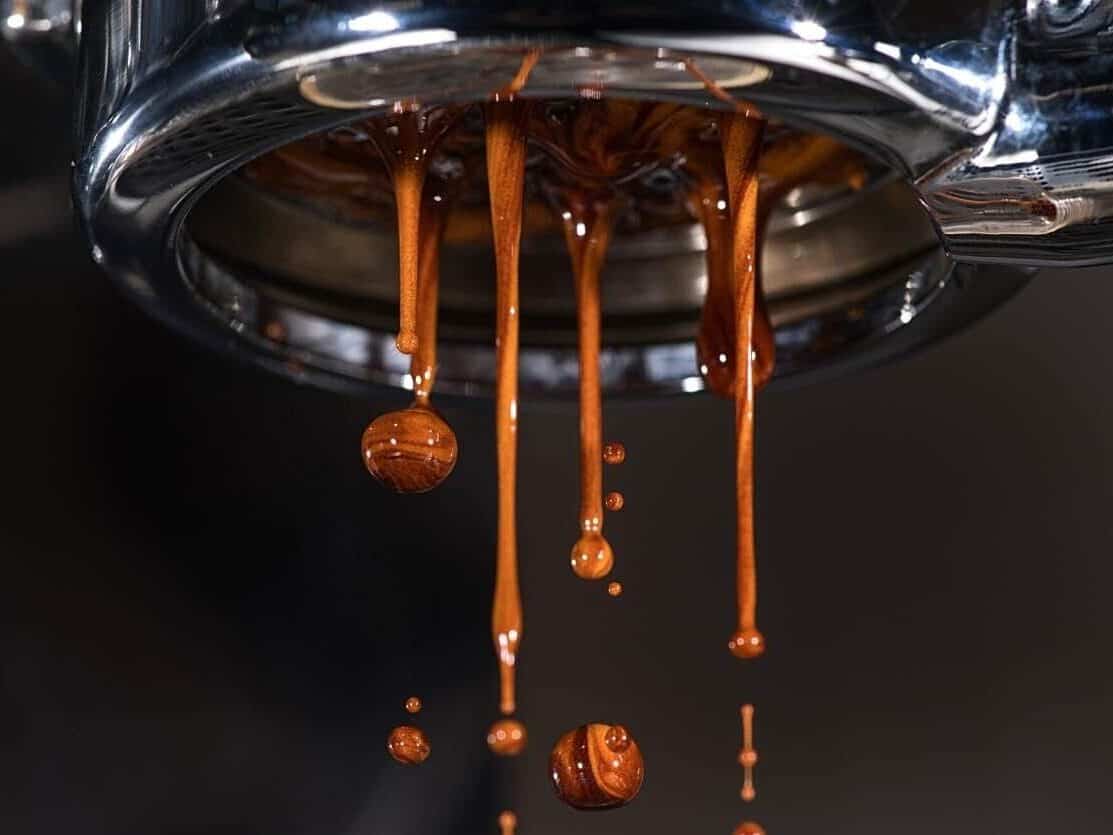
Practical Application of Flow Control
Flow control systems can be added to espresso machines or come built-in with high-end models. These systems allow baristas to customize the extraction process based on the specific coffee being used, resulting in a more even extraction and a better flavor profile.
- Manual Flow Control: Machines like the Cafelat Robot or Flair NEO allow manual adjustment of flow rate, giving users complete control over the extraction process.
- Automatic Flow Control: Modern machines like those from La Marzocco and Decent Espresso feature programmable settings for precise control of flow rate and pressure throughout the extraction process.
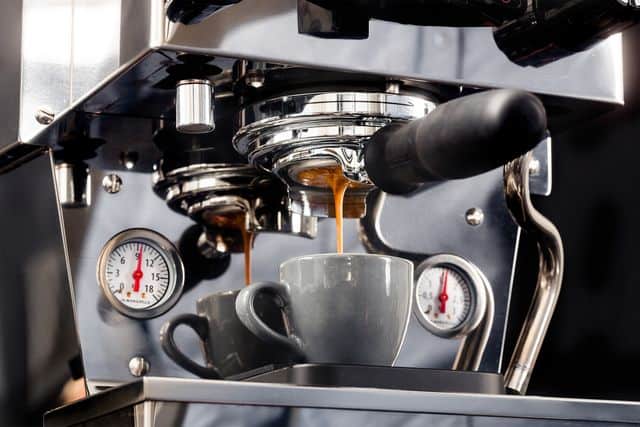
Key Considerations
- Consistency: Proper flow control helps reduce channeling, leading to a more consistent extraction and better overall quality of espresso.
- Experimentation: Flow control opens up possibilities for experimenting with different profiles and techniques, allowing you to fine-tune your espresso to perfection.
- Maintenance: Regular cleaning and maintenance of your espresso machine ensure the flow control system works efficiently and effectively.
Advanced Techniques
Flow profiling is an advanced espresso technique where the flow rate is varied during extraction to achieve specific flavor outcomes. Here’s a breakdown of how to use this technique effectively:
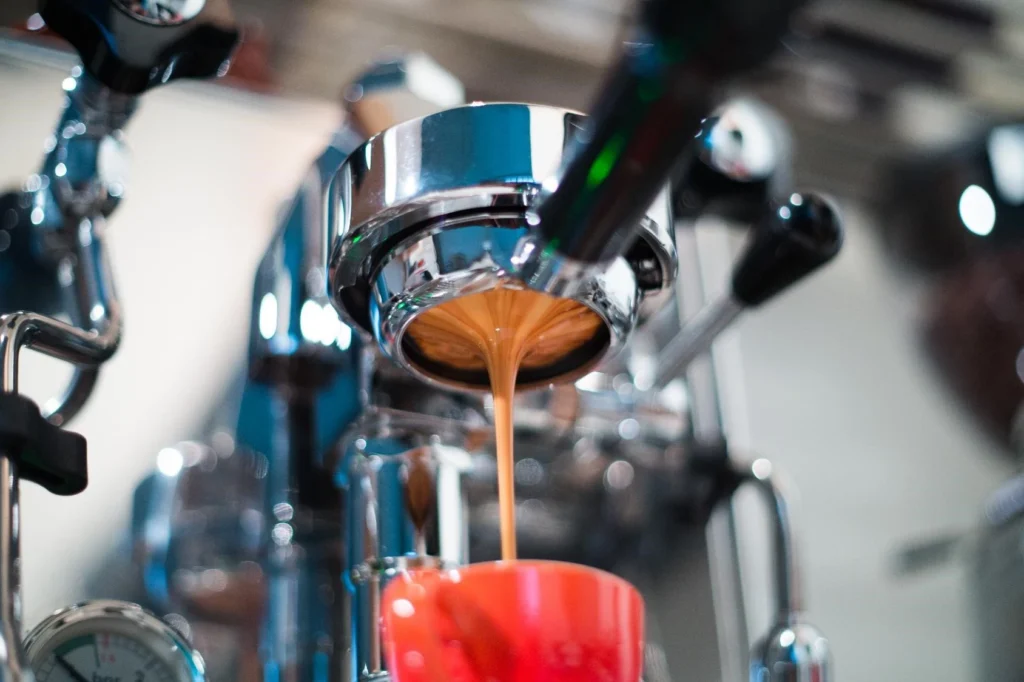
- Pre-infusion: Start with a slow flow rate to gently saturate the coffee grounds. This phase helps to avoid channeling and ensures even extraction, which is particularly beneficial for light roasts. The slow pre-infusion can enhance acidity and sweetness.
- Gradual Increase: After the initial wetting, gradually increase the flow rate. This step is crucial for light roasts as it allows for the development of complex flavors without over-extraction.
- Main Extraction: For darker roasts, a quicker flow rate during the main extraction can enhance body and richness, bringing out deeper, more robust flavors.
- Post-infusion: Toward the end of the extraction, reduce the flow rate to prevent over-extraction, which can lead to bitterness. This final tapering helps in achieving a balanced cup with a smooth finish.
Flow profiling allows for a high level of customization, enabling you to extract the best possible flavors from different coffee beans by adjusting the flow rate at various stages of the extraction process.
Conclusion
Mastering flow control can significantly enhance your espresso-making skills, allowing you to customize each shot to bring out the best flavors from your coffee. By understanding and manipulating the flow rate, you can control the extraction process to suit different beans and roast levels. With practice and experimentation, flow control enables you to achieve a more balanced and flavorful cup of espresso. Whether you’re a home barista or a coffee shop professional, this advanced technique will elevate your coffee brewing to new heights.
Disclosure: Our blog contains affiliate links to products. We may receive a commission for purchases made through these links. However, this does not impact our reviews and comparisons. We try our best to keep things fair and balanced, in order to help you make the best choice for you.


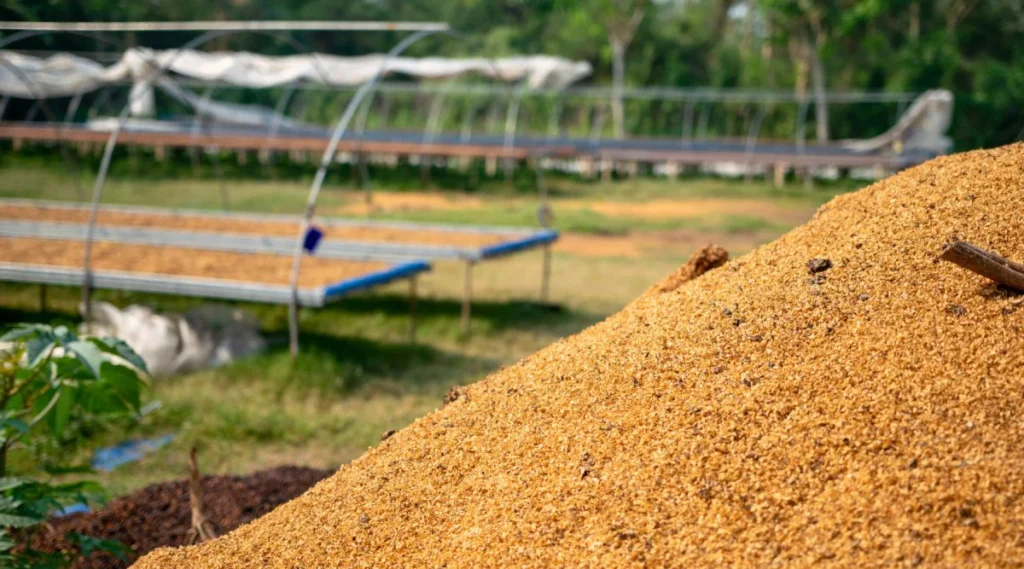
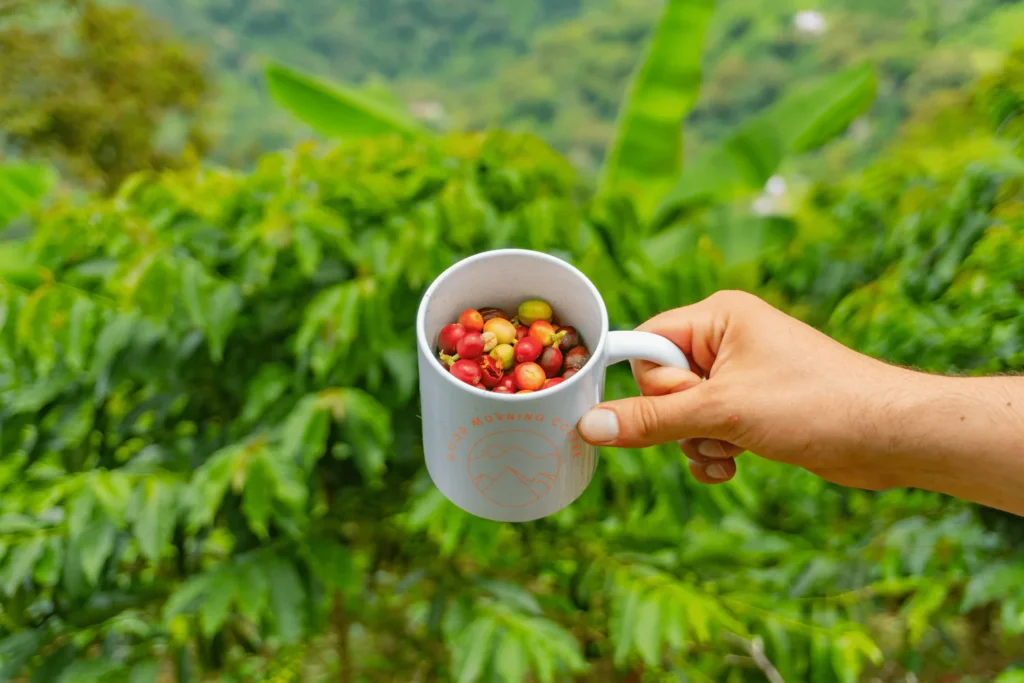

One Response